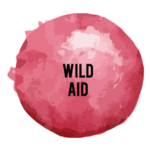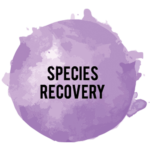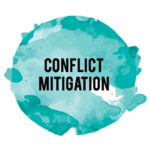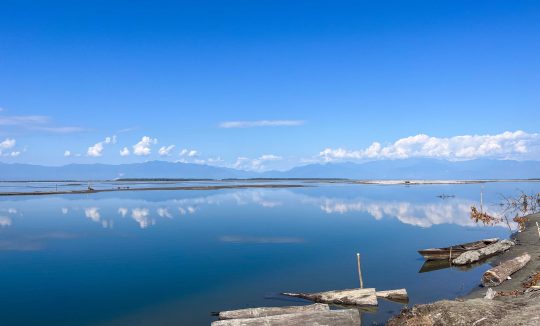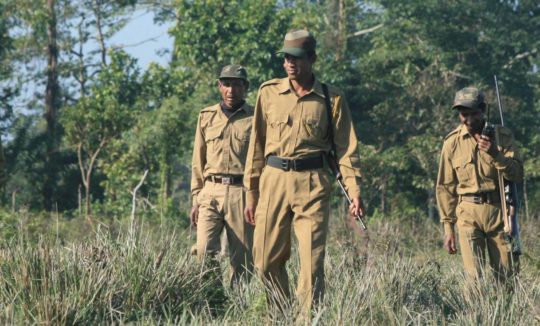Project Info
Project Description
The Greater Manas Recovery Project aims to bring back the past glory of the Manas landscape by restoring the ecological functionality of the landscape through implementing multifaceted actions under the umbrella of other Big Ideas of the Wildlife Trust of India (WTI), namely Wild Rescue, Wild Aid, Enforcement and Law, Species Recovery and Conflict Mitigation.
The Manas landscape lies at the confluence of three bio-geographic realms – lower Gangetic Plain, the Central Himalayas and the Brahmaputra Valley. Manas has five major forest types, the Sub-Himalayan High Alluvial Semi-evergreen Forest, Eastern Bhabhar type Forest, Moist Mixed Deciduous Forest, Assam Valley Semi-evergreen Forest and the Eastern Wet Alluvial Grassland. This unique habitat supports at least 61 species of mammals, 477 species of birds, 42 species of reptiles and over 200 species of butterflies (UNESCO IUCN 2011). Manas is a UNESCO World Heritage Site, declared in 1985 under the criteria inscribed in (VII), (IX) and (X), which has “outstanding universal value”.
The Manas landscape has five conservation recognitions; it is a Tiger Reserve, a National Park, an Elephant reserve and a biosphere reserve, and a World Heritage Site. Two decades of civil and political unrest since early 1988 due to agitation by the ethnic Bodo community for a separate “Bodoland” resulted in extensive damage to wildlife and property of the landscape. However, peace and normalcy prevailed after the formation of the “Bodoland Territorial Council” in 2003 with a tripartite agreement among the Bodoland People’s Front, the Government of Assam and the Government of India for the creation of a territorial council.
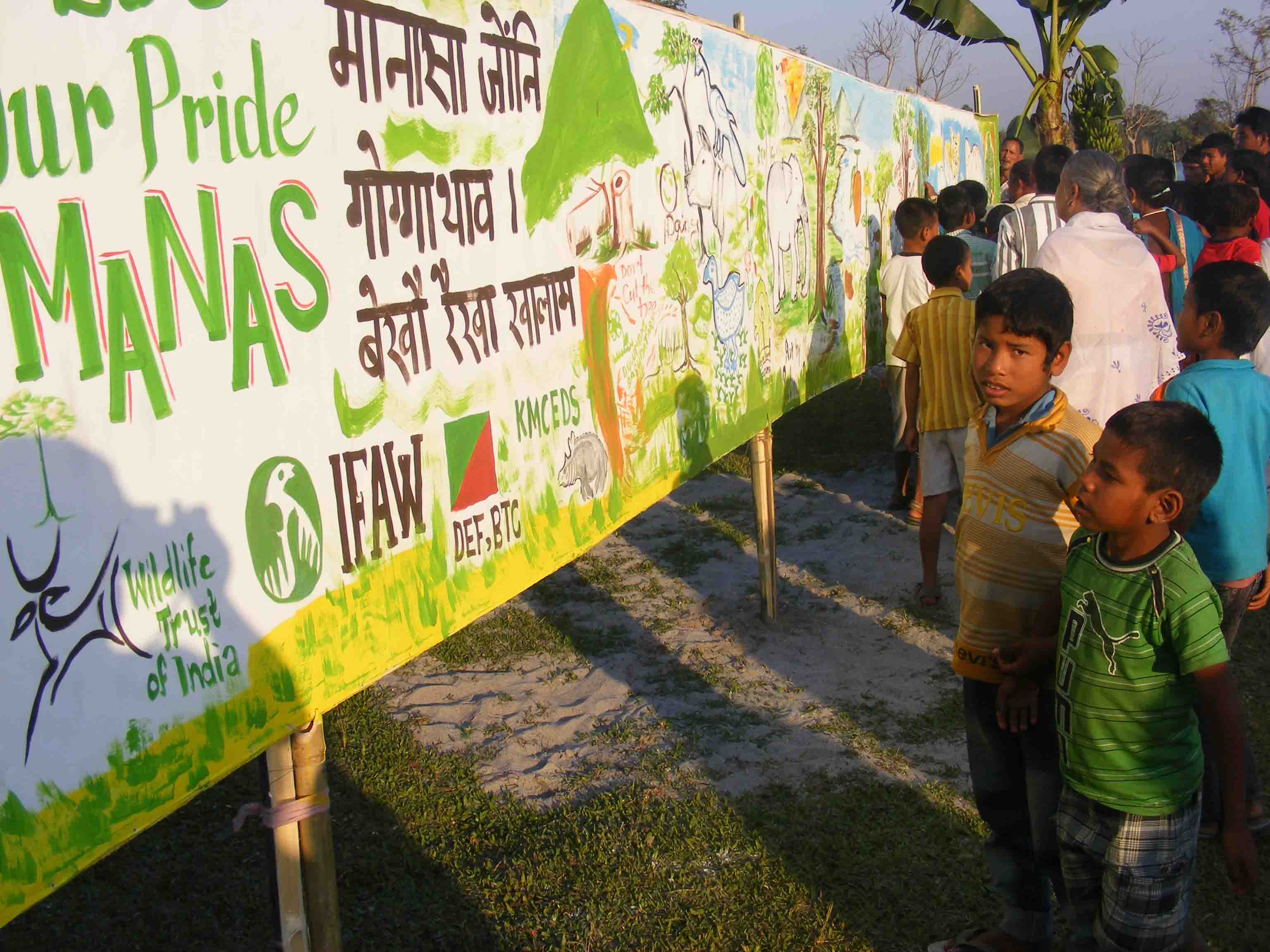
The “Bodoland Accord” brought scope for national, international and local organizations and local communities living on the fringe of Manas to get together and work towards restoring the past glory of Manas. WTI and its international partner, the International Fund for Animal Welfare (IFAW) in partnership with the Assam Forest Department, Bodoland Territorial Council and local community-based organizations started the Greater Manas Conservation Project (GMCP) in 2006 with the same objective.
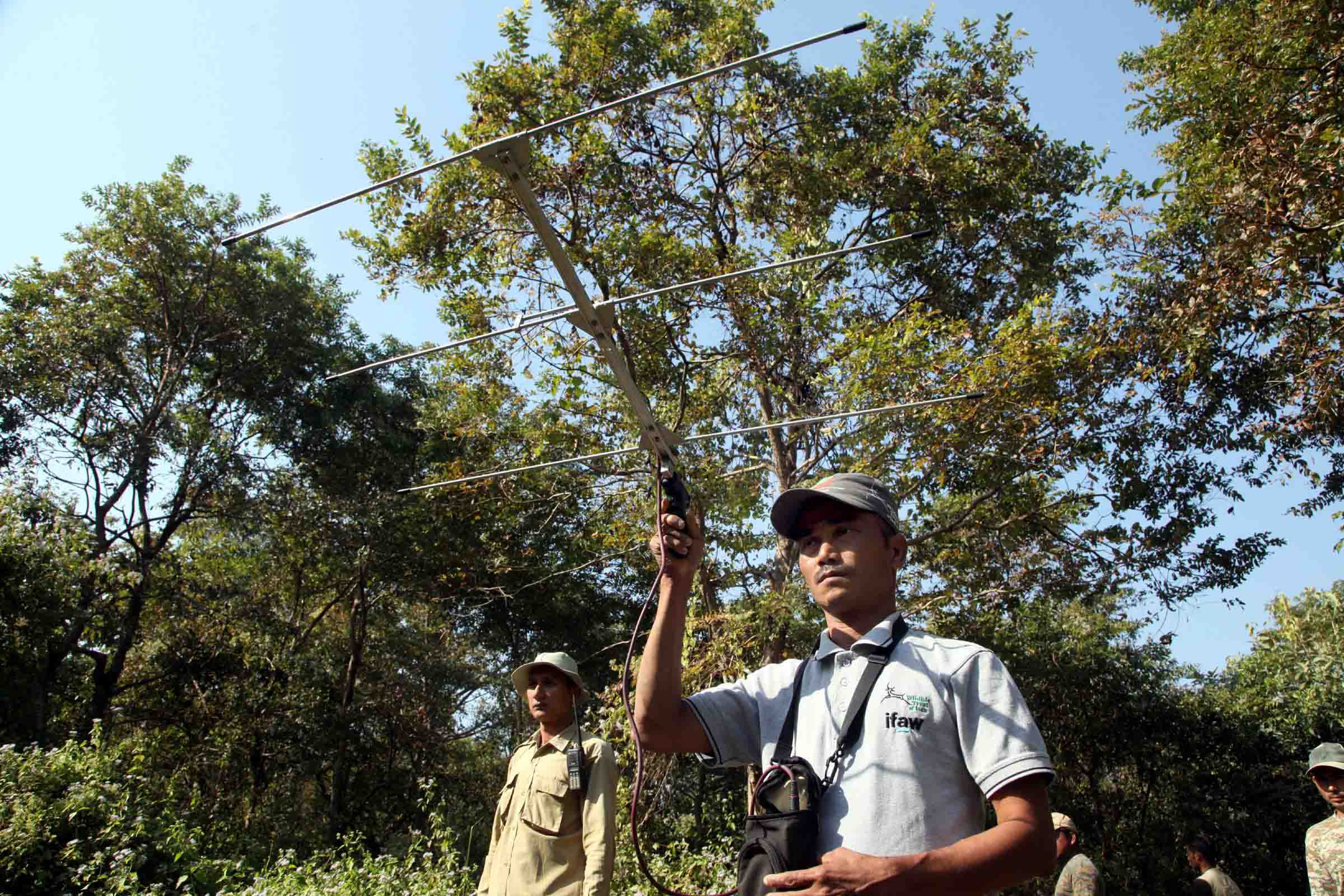
The rhino monitoring team of the Greater Manas Recovery Project located the released rehabilitated rhinos in the wilderness near Sidhajhar under the Bansbari Forest Range on 28th December 2019. The two rhinos are gradually adopting the landscape. Photo by Subhamoy Bhattacharjee/WTI-IFAW
The GMCP is concentrating its effort and resources on the landscape of approximately 1450 sq km naming it the “Greater Manas Landscape” spreading from Manas National Park (500 sq km), First Addition to Manas NP (350 sq km) and adjoining contiguous forest habitat of Manas (Part), Chirang and Ripu Reserve Forest (app 605 sq km) to the west of Manas NP.
The project is working with a total of 123 fringe villages in a cluster approach on the southern boundary of the forest spreading across three districts of BTC. Wildlife Trust of India was the pioneer organization to influence the political declaration on the concept of “Greater Manas” in the year 2007 for the conservation of the entire landscape by the territorial council. As a result of a joint initiative by all these stakeholders; Manas regained its original status as a “World Heritage Site” in June 2011. WTI worked from baseline survey to policy advocacy towards the greater protected status of the Manas Reserve Forest as the ‘first addition’ to Manas National Park (350 sq km) in 2016.
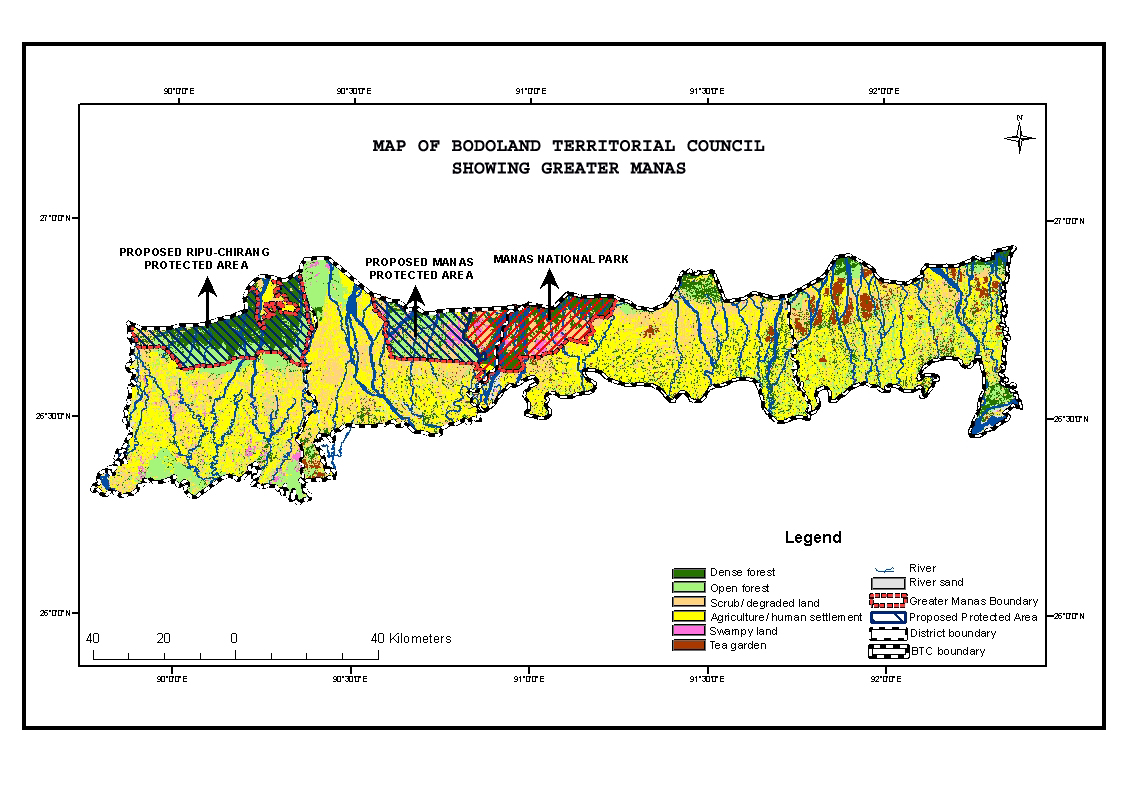
WTI has been engaged in this area for over 15 years, working to restock the landscape with elephants, rhinos, swamp deer, clouded leopards and wild buffalo. In addition, WTI has initiated community-based conservation activities, promoted alternate livelihoods, provided legal/capacity training for frontline staff and raised awareness within the community to foster support for wildlife conservation.
The long-term objective of the project is to sustain the ongoing initiatives of habitat improvement, habitat restoration, weaning forest dependency, and phased species restocking to improve ecosystem functionality.
Project Factsheets:
- Spine Gourd cultivation around Manas National Park
- Abundance and diversity of butterflies in Raimona National Park, Assam
- Avian diversity of Raimona National Park, Assam
- Flowering plants of Raimona National Park, Assam
- Richness and relative abundance of mammalian fauna in Raimona National Park, Assam
- First record of melanistic Rhesus macaque (Macaca mulatta) from the First Addition to Manas National Park, Assam
- Record of Himalayan serow (Capricornis sumatraensis thar) in Manas National Park, Assam
- Revival of Eastern Swamp Deer (Rucervus duvaucelii ranjitsinhi) (Groves, 1982) in Manas National Park of Assam, India
- Rehabilitation of Greater one-horned rhinoceros (Rhinoceros unicornis) in Manas National Park, Assam
Also read: Manas National Park officially becomes “Greater Manas” here.
PARTNERS: IFAW, Assam Forest Department, Bodoland Territorial Council, Chester Zoo (UK)
PROJECT LEAD: Sanatan Deka


